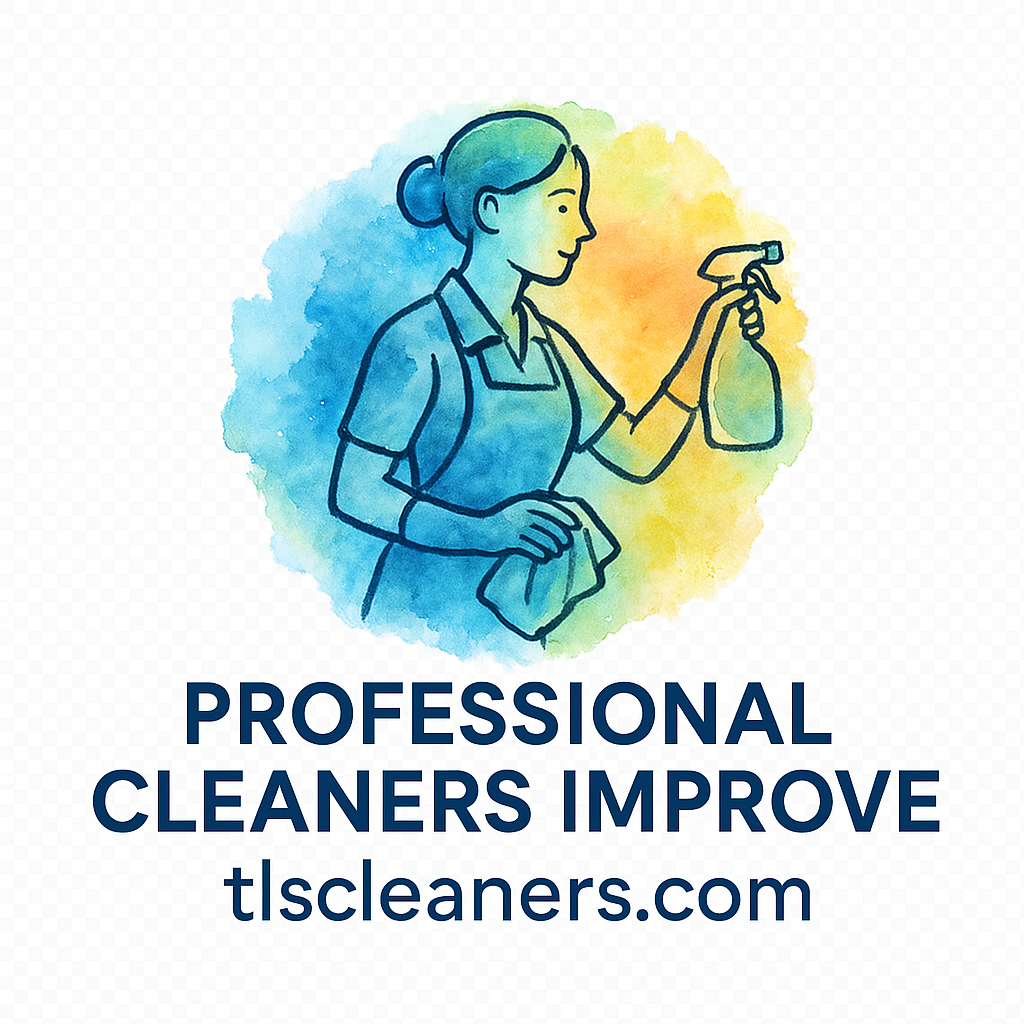If you’re like most people, you clean regularly—but what if you’re unintentionally making things worse? Many common household surfaces require specific cleaning methods. Using the wrong products or techniques can leave streaks, cause damage, or even spread more germs. Don’t worry—this guide breaks down simple and effective cleaning tips to fix the problem once and for all.
Whether you clean your own home or use professional services like residential cleaning or commercial cleaning, knowing how to treat surfaces correctly can make a big difference.
Why Proper Surface Cleaning Matters
Health and Hygiene Benefits
Cleaning isn’t just about looks—it directly affects indoor air quality, bacteria levels, and overall comfort. Incorrect cleaning techniques allow grime and germs to linger, especially on high-touch surfaces.
Longevity of Household Items
Using the wrong cleaner can ruin finishes, strip protective coatings, and reduce durability. With the right cleaning tips, your belongings last longer—saving money over time.
1. Wooden Furniture
Common Cleaning Mistakes
Many people use all-purpose cleaners or excessive water. These can cause:
- Swelling
- Discoloration
- Loss of shine
Correct Cleaning Tips
- Dust with a microfiber cloth.
- Use wood polish or oil-based cleaner sparingly.
- Always wipe along the grain.
- Deep clean occasionally through specialty cleaning methods.
2. Stainless Steel Appliances
What People Usually Do Wrong
Paper towels and glass cleaners can leave:
- Scratches
- Streaks
- Cloudy finishes
Cleaner Tips for a Streak-Free Finish
- Wipe with a soft microfiber cloth.
- Use white vinegar, then buff with a drop of olive oil.
- Always wipe in the direction of the grain.
3. Glass and Mirrors
Why the Streaks Keep Happening
Spraying the cleaner directly on the glass leaves drips and build-up.
Best Cleaning Tips for Crystal-Clear Glass
- Spray cleaner on the cloth, not the surface.
- Use newspaper or lint-free cloth for polishing.
- For bathrooms, try shaving cream to prevent fogging.
More cleaning tips like these can be found in DIY cleaning guides.

4. Kitchen Countertops (Granite, Marble & Quartz)
The Problem with Harsh Cleaners
Avoid:
- Bleach
- Vinegar
- Citrus sprays
These break down protective sealant layers.
Cleaning Tips That Protect the Finish
- Use mild dish soap + warm water.
- Dry with a microfiber towel.
- Reseal stone surfaces annually.
For safer, greener solutions, explore eco-friendly cleaning.
5. TV and Computer Screens
Stop Using Household Sprays
Glass cleaner damages screen coatings and causes smearing.
Safe Cleaning Tips for Electronics
- Turn off device first.
- Use screen-safe wipes or a damp microfiber cloth.
- Never spray liquids directly.
6. Shower Tiles and Grout
Why They Still Look Dirty
Soap scum and minerals bind to grout, making it look stained.
Correct Deep-Cleaning Tips
- Scrub with baking soda + water paste.
- Spray with diluted white vinegar.
- Rinse thoroughly.
- Use a grout sealant every few months.
Check out more deep-cleaning methods here:
https://tlscleaners.com/tag/deep-cleaning
7. Upholstery and Fabric Furniture
The Over-Wetting Mistake
Too much water leads to:
- Mold growth
- Lingering odors
- Fabric shrinking
Cleaning Tips That Actually Work
- Vacuum first.
- Use foam-based cleaners—not liquid.
- Blot stains—never scrub.
8. Carpets and Rugs
The Scrubbing Problem
Scrubbing pushes stains deeper into fibers.
Better Carpet Cleaning Tips
- Dab with a clean cloth.
- Use enzyme-based stain removers for pet messes.
- Consider professional cleaning once a year.
More guidance: https://tlscleaners.com/tag/pet-safe
9. Cutting Boards (Wood + Plastic)
The Cross-Contamination Problem
Plastic boards hold knife grooves where bacteria hide. Wood boards absorb raw meat juices.
Food-Safe Cleaning Tips
- Disinfect with hydrogen peroxide, not bleach.
- Salt and lemon remove odors.
- Always air dry upright to prevent mold.
Additional Smart Cleaning Tips from the Pros
- Work from top to bottom to avoid re-dusting.
- Use two buckets: one for clean water, one for dirty.
- Replace sponges every 7–10 days.
- Add pleasant natural fresh scents like citrus or lavender.
Explore more pro-level cleaning tips here:
https://tlscleaners.com/tag/cleaning-tips
Conclusion
Cleaning your home isn’t just about effort—it’s about technique. Using the correct cleaning tips can protect your belongings, improve hygiene, and make your space truly shine. Small changes in products and methods lead to big improvements in results. If you ever feel overwhelmed, professional help is always an option through trusted cleaning services like TLS Cleaners.
FAQs
1. How often should I deep clean my home?
At least once every 3–4 months for most homes.
2. Are eco-friendly cleaners effective?
Yes—especially for daily cleaning. See: https://tlscleaners.com/tag/eco-friendly
3. Can I use vinegar on all surfaces?
No. Avoid on stone countertops and screens.
4. What’s the best tool for dusting?
A microfiber cloth—it traps dust, doesn’t spread it.
5. How do I make my house smell fresh naturally?
Use essential oil diffusers or baking soda deodorizing.
6. How do I prevent streaks on stainless steel?
Wipe with the grain and buff with a soft cloth.
7. Is professional cleaning worth it?
Yes—especially for deep cleaning, move-outs, and seasonal cleaning.

